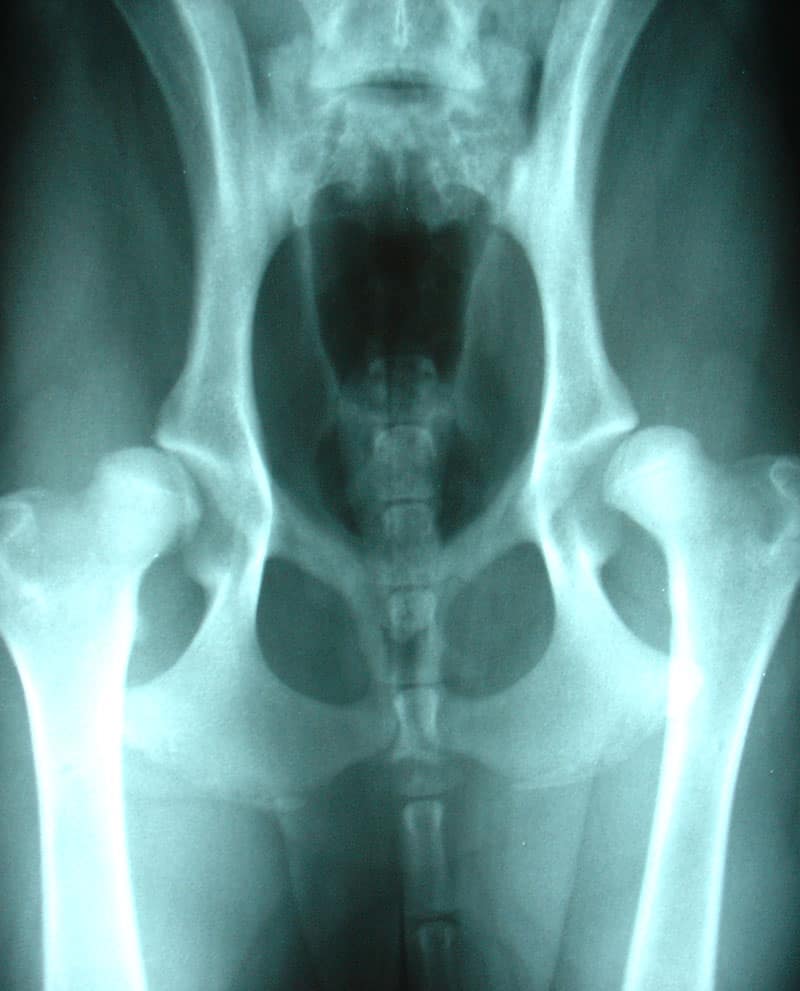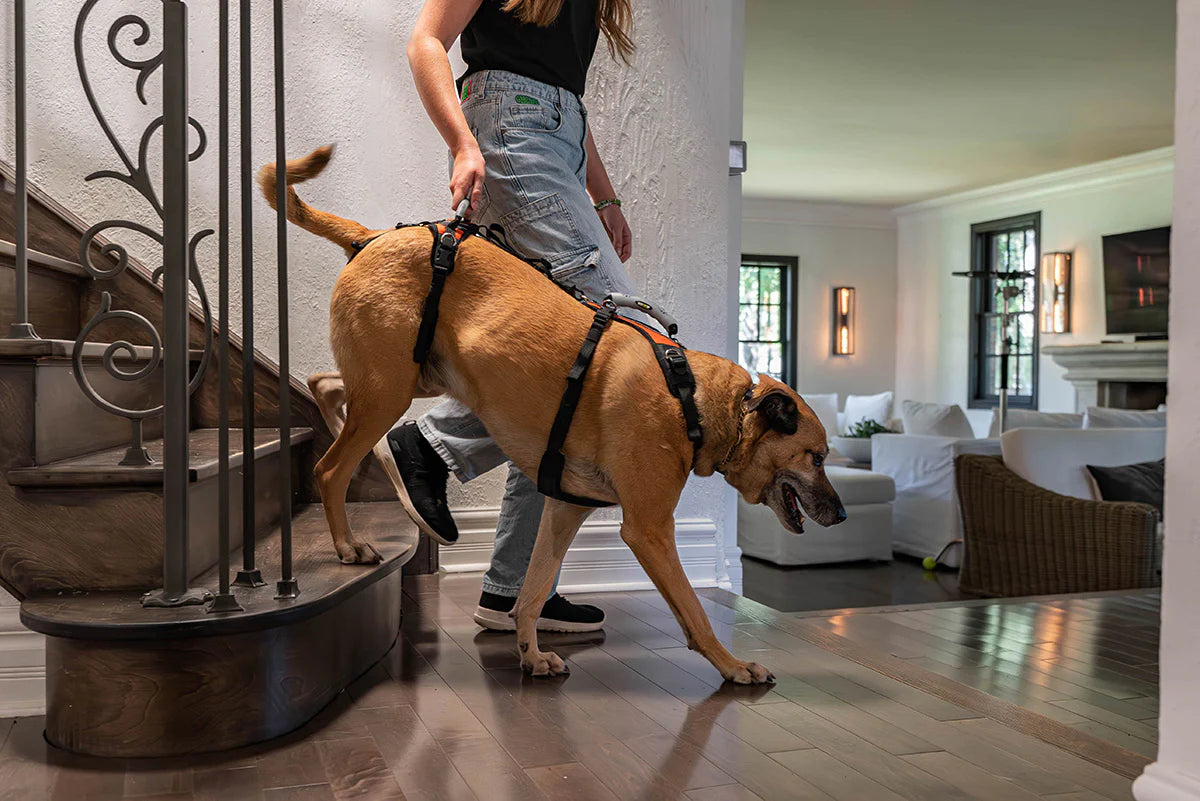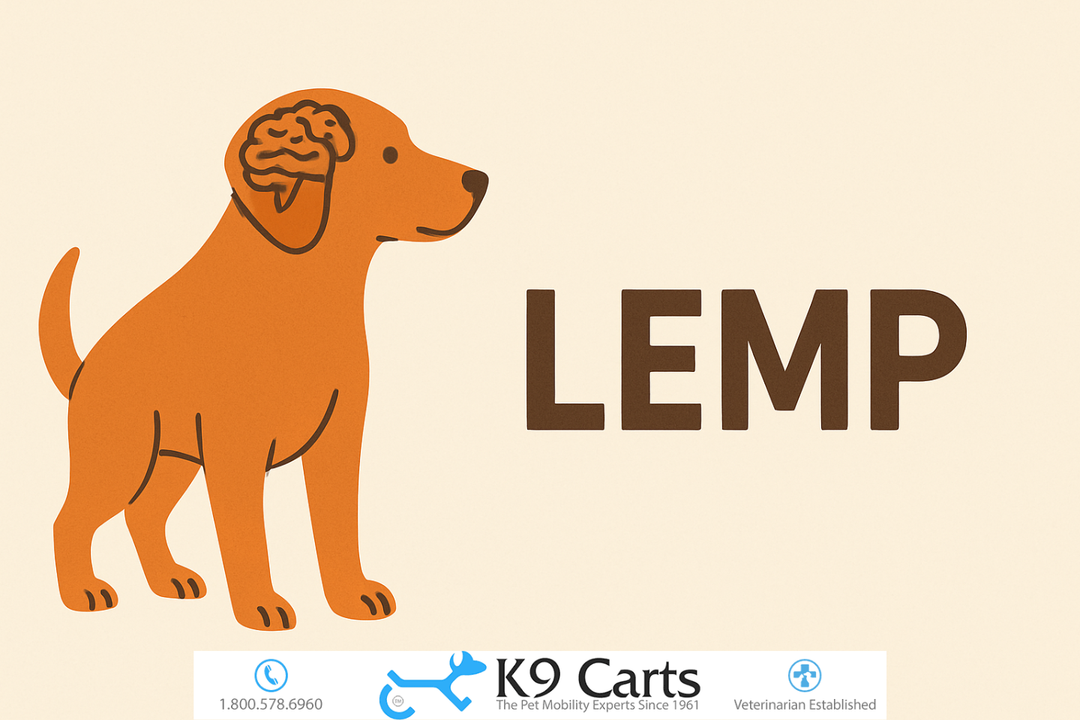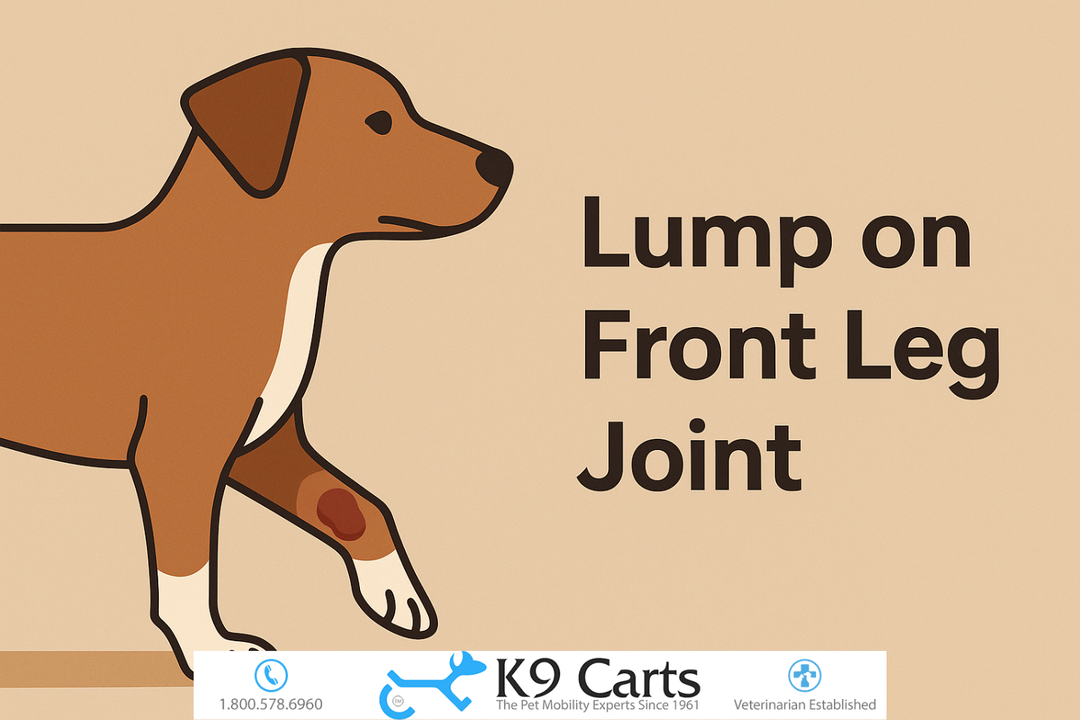How to Treat Hip Dysplasia in Dogs

Sadly, veterinarians have no cure for hip dysplasia. This abnormality in the connection between a dog’s pelvis and thigh bones is a genetic condition—you can no more change the fact that a dog has hip dysplasia than you can change the color of his eyes.
While veterinarians can’t stop the condition from happening, they can suggest treatment options that slow the progression of hip dysplasia and reduce the discomfort it causes to your dog. Treatment ranges from simple weight control to surgery. A good veterinarian will design a treatment program for your dog based on several factors:
- Your dog’s age
- The severity of symptoms
- The severity of the abnormality
- How fast the disease is progressing
Non-Surgical Treatment Options for Hip Dysplasia
Weight control is the most important treatment for hip dysplasia. It’s also the one that you as the dog owner have the most control over. Hip dysplasia causes more pain and progresses faster in overweight dogs because the weight puts additional strain on their hips.
Also, a dog that is overweight will be ineligible for some surgical options, since the risk of complications is so great.
Massage can provide temporary relief from the symptoms of hip dysplasia. The simple heat of touch reduces pain. Massage can also help improve overall muscle function by loosening muscle fibers, improving flexibility, and calming your animal.
Exercise is important—but only the right kind of exercise. Dogs with hip dysplasia must avoid high-impact exercise, which can make the condition worse. The lower the impact the better, which is why swimming is the best exercise for dogs with hip dysplasia. If that’s not an option, veterinarians recommend slow, short, steady walks on a leash.
Dog wheelchairs can significantly enhance a dog's quality of life, both physically and mentally. These custom built mobility carts can also help slow down the progression of virtually all spinal diseases, and help with conditions such as hip dysplasia, degenerative myelopathy, ruptured disc, spinal trauma, IVDD, ans arthritis. They also help with weight control, by enabling your pet to walk and run thanks to better mobility.
Anti-inflammatory drugs are often part of the treatment regimen veterinarians recommend. These drugs can reduce the pain your dog is feeling, and will likely be necessary for the rest of their lives. You’ll need to be watchful, though, as anti-inflammatory drugs can cause severe side effects like ulcers that, if unnoticed, can be deadly.
Surgical Treatment Options for Hip Dysplasia
Invasive surgical procedures for dogs with hip dysplasia come in two categories: Surgeries meant to alleviate pain while the dog’s condition is still manageable, and surgeries that must be performed because the dog’s condition had advanced to a critical stage.
Pectineal Myotomy/Myectomy is performed by cutting a tendon in the dog’s hip, which causes a more natural alignment of the hips and alleviating pain.
Triple Pelvic Osteotomy involves lengthening the femur by breaking the bone, then inserting a gap for new bone to grow. The new longer femur has a more secure fit with the hip.
Total Hip Replacement is a last-ditch option for dogs with advanced symptoms of hip dysplasia, or with clear signs that advanced symptoms are coming soon. Hip replacement comes with the risk of complications, but, for suitable candidates, one study reports a 95% success rate.
What’s a suitable candidate? A dog that’s healthy, not overweight, and responds to the commands of its owner. However, hip replacement is costly. Rates vary depending on where you live, but expect to pay at least $1,500 and as much as $5,000.
Alternative Treatments for Hip Dysplasia
Some veterinarians have the equipment to perform laser treatment on dogs. Laser treatment reduces pain for dogs with hip dysplasia by quieting nerve cells and by lessening inflammation in painful areas. Your dog will need multiple treatments over a period of weeks.
Dr. Robert Mayo, a veterinarian in the Seattle area, performs stem cell injections on dogs with hip dysplasia. The stem cells are harvested from the dog’s fat, then reinjected. Stem cell therapy is an alternative to anti-inflammatory drugs.
Industrial designer Galia Weiss designed a harness called the hipster to relieve the symptoms of hip dysplasia. The rigid harness lifts the dog’s hips to stabilize them and achieve a more natural position for motion.
Some veterinarians are pushing for research on medical marijuana for dogs with hip dysplasia. The drug could serve as a pain management tool, as it does for some humans.
Plenty of dogs with hip dysplasia live full, happy lives. You’ll be a big part of that by helping your dog eat better, exercise the right way, and by nursing them through treatment. You’ll do it together—and your bond will get stronger along the way.








